
What is Wabi-Sabi
Wabi-Sabi is a Japanese aesthetic and worldview that values the beauty of imperfection, impermanence, and authenticity. It has found expression in various art forms, including design. In design, wabi-sabi principles emphasize simplicity, rusticity, and the appreciation of natural materials and processes.
Here are some key aspects of wabi-sabi in design:
Imperfection and Asymmetry:
Wabi-sabi embraces the beauty of imperfections, such as irregularities, cracks, and patina. Designs may intentionally incorporate asymmetry and irregular shapes to create a sense of uniqueness and natural beauty.
Natural Materials:
Wabi-sabi places a strong emphasis on natural materials like wood, stone, and clay. These materials often age and change over time, adding to the character of the design.
Austerity and Simplicity:
Wabi-sabi design tends to favor simplicity and minimalism. Unnecessary ornamentation is avoided, and the focus is on essential elements that contribute to the overall beauty and functionality of the design.
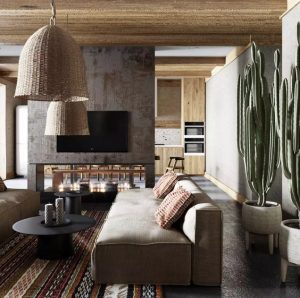
Patina and Wear:
Wabi-sabi values objects that show signs of wear and age. Aged surfaces, weathered textures, and patina are considered beautiful and add a sense of history to the design.
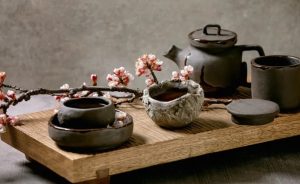
Connection to Nature:
Designs inspired by wabi-sabi often seek to create a connection to nature. This can be achieved through the use of natural materials, earthy colors, and elements that evoke the natural world.
Mindfulness and Intention:
Wabi-sabi encourages a mindful approach to design, where every element is chosen with care and intention. The designer considers the impact of materials and shapes on the overall aesthetic and emotional experience.
Transience and Ephemeral Beauty:
Wabi-sabi acknowledges the transient nature of life and beauty. Designs may incorporate elements that change over time or with use, highlighting the impermanence of all things.
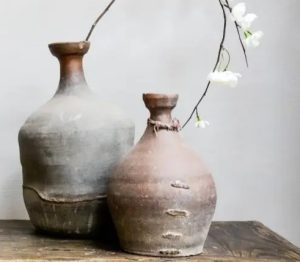
Acceptance of Flaws:
Rather than trying to hide flaws or mistakes, wabi-sabi design may embrace them. This acceptance of imperfection is seen as a celebration of the uniqueness and authenticity of the object.
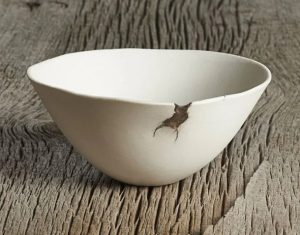
Applying wabi-sabi principles in design can result in creations that feel organic, timeless, and deeply connected to the natural world. It’s not about achieving perfection but finding beauty in the imperfect, impermanent, and incomplete aspects of the design.
Found our blog useful? Read more at https://thegoldenwindow.in/news/
Follow us on social media
Instagram: https://www.instagram.com/thegoldenwindowdesigns/




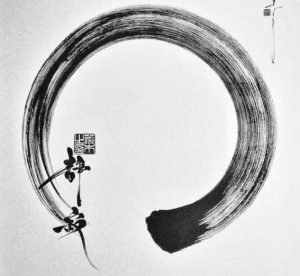
0 comments